Notably, he worked early on with two members of the New American Cinema’s crowded Mount Rushmore: Francis Ford Coppola and Steven Spielberg. Butler helped change moviemaking with Spielberg” on “Jaws,” and was the cinematographer for my favorite film of all time, and my pick for the best of what seems an impossibly deep, indeed inexhaustible well of great films and filmmakers in that “decade” between 1967 and 1981, Coppola’s “The Conversation” (1974). But Butler had worked with both filmmakers before. With Spielberg, he shot a pair of TV movies: the superlative possession/evil child movie (that dropped the year before “The Exorcist”) “Something Evil” (1972), and then a Martin Landau-starring investigative reporter saga “Savage” (1973). In “Something Evil,” you can see the formation of one of the genuine savants this medium has ever produced and, certainly, Spielberg deserves all the garlands he’s gathered in honor of his gifts.
Once you’ve watched Bill Butler’s work all the way through the 1980s, a run that includes 53 films and also Daryl Duke’s enormously popular ABC miniseries “The Thorn Birds” (1983), an argument could be made that the genius already obvious in “Something Evil” is evidence of two great talents. Consider the high/low shots, the dramatic push-ins, the attack on Dennis’ housewife character Marjorie by vines in a bower, her sudden awareness of a malign presence shot in a closeup while the something evil of the title looms invisibly in the open space behind her. A scene comparison shows it to be the exact mirror of the scene from “Jaws” when Chief Brody (Roy Scheider) turns from his task of scooping chum at the moment Bruce the shark makes a surprising appearance. They were artists who complemented each other: Spielberg, who could see everything in his head, and Butler the engineer who could make it happen. When it came time for Spielberg to shoot on the open ocean, despite conventional wisdom that if it wasn’t outright impossible, it was at least profoundly inadvisable, of course, he turned to Bill Butler to rig it.

With Coppola, prior to “The Conversation,” Butler had shot the existential, meditative, melancholic road trip movie “The Rain People” (1969), a film so obsessed with interior spaces that the first real look we get at its star Shirley Knight is in extreme close-up against lime-green shower tiles, water hitting her face like a baptism into the new life the rest of the film dangles like a tease of a better world. What’s immediately evident in Butler’s work is his knowledge of space and perspective as they inform character. His characters are often trapped in frames within the film’s frame, intruded upon, appalled. My favorite moment in “The Conversation” comes when surveillance expert Harry Caul (Gene Hackman) invites a few industry peers and rivals to his workshop and stands, removed from them, listening to their revelry from behind a translucent scrim in his kitchen. The outline of Harry there works like a shadow puppet isolated in its own drama of loneliness, a Platonic metaphor just like his name “Caul,” or like his ridiculous plastic raincoat. A similar shadow play occurs a decade earlier in “The People vs. Paul Crump” when the stormtroopers of the Chicago penal community escort Crump from his cell Butler tells it all, the injustice and futility of it, in their shadows cast through iron bars.

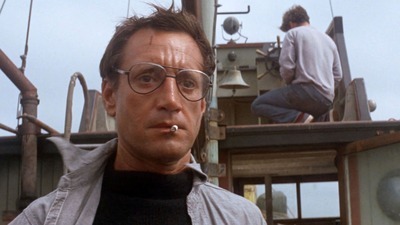
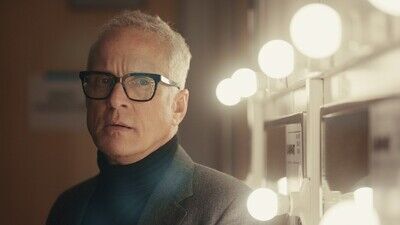
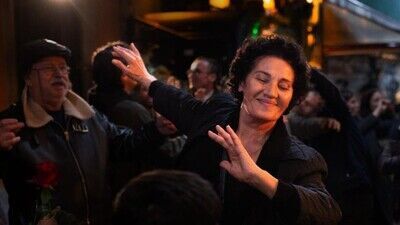
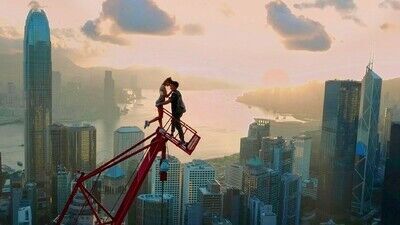
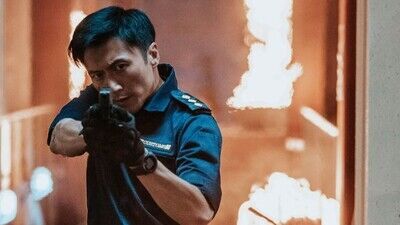
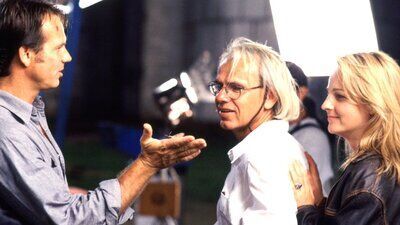
Leave feedback about this